최근 미국 미네소타 연방 법원에서 방송사 소유 규정(미디어 지분 소유 규정)과 관련한 공방이 벌어졌다. FCC(미 연방통신위원회) 제시카 로젠워셀(Jessica Rosenworcel) 위원장이 2023년 12월 마련한 이 규정은 TV·라디오 방송국 간의 추가 합병을 제한하는 내용을 담고 있다. 광고 시장 등의 독과점을 우려해서다.
그러나 문제는 미국 광고 시장은 빅테크가 장악하다고 있다는 것이다. 방송사들이 합병을 통해 ‘빅테크(Big Tech)의 광고 시장 독점과 경쟁해야 한다’고 주장해도 이를 FCC가 인정하지 않고 있다.
미국 지역 방송사 측은 빅테크가 막대한 광고 수익을 잠식하고 있으므로, ‘실질적 경쟁자’로 봐야 한다고 반발하고 있다. 이에 지상파 간 합병은 승인되어야 한다는 주장이다.
Recent Dispute Over Media Ownership Rules in Minnesota Federal Court
A legal battle has unfolded in the U.S. Court of Appeals for the Eighth Circuit in St. Paul, Minnesota, concerning the FCC’s (Federal Communications Commission) broadcast ownership rules (the “media ownership rules”). Issued in December 2023 by FCC Commissioner Jessica Rosenworcel, these rules place new restrictions on mergers among TV and radio stations, citing concerns over monopolistic practices in the advertising market and related areas.
However, the controversy lies in the fact that big tech companies dominate the U.S. advertising market. Even if broadcasters argue they need to consolidate to compete with the “Big Tech” firms’ monopoly on advertising, the FCC does not currently recognize big tech as part of the same competitive arena. Local broadcasters in the United States counter that big tech is eating into their substantial advertising revenue and should therefore be viewed as a “real competitor,” meaning terrestrial broadcasters should be allowed to merge.
Here is a table comparing the current media ownership regulations in the U.S. in both Korean and English:
미국 지상파 방송 소유 규제 비교 표(U.S. TV Ownership Regulation)
| 규제 내용 | 한국어 설명 | English Explanation |
|---|---|---|
| 소유 한계 | 방송사가 특정 시장에서 소유할 수 있는 방송국 수를 제한합니다. 예를 들어, 라디오 방송국은 최대 8개, TV 방송국은 특정 규모에 따라 제한됩니다. | Limits the number of stations a broadcaster can own in a market. For example, up to 8 radio stations, with TV stations limited based on market size. |
| 빅4 네트워크 규제 | 한 방송사가 ABC, CBS, NBC, Fox 네트워크 중 하나를 소유하고 있다면, 다른 네트워크의 프로그램 권리를 추가로 소유할 수 없습니다. | Prohibits owning programming rights for another Big Four network if a station already owns one. |
| 저전력 TV(LPTV) 및 디지털 서브채널 사용 제한 | LPTV나 디지털 서브채널을 통해 빅4 네트워크 중복 소유를 우회하는 것을 금지합니다. | Prohibits using LPTV or digital subchannels to circumvent Big Four network ownership restrictions. |
| 지역성 및 다양성 보호 | 지역 콘텐츠와 다양한 관점을 보호하기 위해 소유 규제를 유지합니다. | Maintains ownership rules to protect local content and viewpoint diversity. |
| 재검토 및 수정 의무 | 4년마다 시장 상황을 평가하여 규제가 여전히 공공의 이익에 부합하는지 확인하고, 필요시 수정합니다. | Requires reviewing market conditions every four years to ensure rules remain in the public interest and modifying them if necessary. |
법정 공방: ‘빅테크’ vs. ‘방송사 간 경쟁’ 해석 충돌
지난 3월 20일 미네소타주 세인트폴(St. Paul) 소재 제8연방순회항소법원(U.S. Court of Appeals for the Eighth Circuit)에서는 FCC의 현재 소유 제한 규정이 “방송사 간 경쟁만을 가정한다”며, 사실상 빅테크를 경쟁 범주에서 배제한 점이 적절했는지"를 두고 치열한 논쟁이 오갔다.
방송사 측 주장:
TV·라디오 방송사와 소규모 지역 방송국을 대리하는 변호인들은 “방송사가 오직 다른 방송국만과 경쟁하는 것이 아니다”라며, 구글·페이스북·아마존 등 빅테크와도 실질적으로 광고 시장에서 맞서고 있다고 강조했다.
앤드루 킬버그(Andrew Kilberg, 깁슨 던 소속 변호사)는 “FCC가 경쟁이라는 개념을 법에서 사실상 삭제한 것과 같다”고 비판했다.
데이비드 옥스퍼드(David Oxenford, 윌킨슨 바커 노어(Wilkinson Barker Knauer) 소속 변호사)는 라디오 소유주들을 대리하면서 “각 시장마다 광고비의 절반이 구글·페이스북·아마존으로 가고 있고, 단일 라디오 방송국은 1% 점유율도 못 가져간다”고 언급했다.
FCC 측 주장: 빅테크 기업들이 아직 뉴스와 날씨 등 로유의 로컬 콘텐츠를 공급하지 않는다("Big Tech is not offering “much in the way of local content, particularly local news programming")
제임스 카(James Carr, FCC측 변호인)는 법정에서 “빅테크 기업들이 아직 지역(Local) 뉴스·날씨·스포츠 등 방송국 고유의 로컬 콘텐츠 제작에 본격적으로 뛰어들지 않고 있다”는 점을 들며, FCC가 빅테크를 경쟁자로 간주하지 않은 이유를 방어했다. “FCC 규정은 시장 상황이 달라지면 다시 바뀔 여지가 있으나, 현재 시점에서는 빅테크가 지역 콘텐츠를 적극적으로 제작·서비스하지 않기 때문에 경쟁의 축에 제대로 편입된다고 보기 어렵다”는 설명이다. 또 그는 "FCC는 더 이상 공공의 이익에 부합하지 않는다고 판단하는 규정을 폐지하거나 수정해야 한다"는 규정에 따라야 한다"고 지적했다. 이전 FCC위원장인 로젠워셀은 케이블 및 위성 TV 사업자들이 지지하는 방식으로 규칙을 강화했다.
Legal Battle: Interpreting “Big Tech” vs. “Competition Among Broadcasters”
On March 20, the Eighth Circuit Court of Appeals in St. Paul heard arguments about whether the FCC’s current ownership limits improperly assume “competition only among broadcasters” and effectively exclude big tech from consideration as a competitor.
Broadcasters’ Argument
Attorneys representing TV/radio stations and small local broadcasters contend that broadcasters do not compete only with one another; they also compete directly with big tech giants such as Google, Facebook, and Amazon for advertising dollars.
Andrew Kilberg (attorney at Gibson Dunn) criticized the FCC, saying, “It’s as if the FCC has deleted the concept of competition from the law.”
David Oxenford (attorney at Wilkinson Barker Knauer, representing radio station owners) noted that in each local market, “half of the advertising budget goes to Google, Facebook, or Amazon, while a single radio station can’t even secure a 1% share.”
FCC’s Argument: Big Tech Not Offering Significant Local Content
James Carr, counsel for the FCC, defended the agency’s position in court by noting that big tech companies have not yet fully engaged in producing local news, weather, and sports programming—content that traditionally defines local broadcasting. As a result, the FCC does not count big tech as a direct competitor at this stage. Carr explained that the “FCC rules can be updated if market conditions change,” but for now, big tech’s lack of “local content” means they do not properly fit into the same competitive framework.
He also underscored that the FCC is obligated by law (the Communications Act) to “repeal or modify any regulation it determines is no longer in the public interest.” The agency’s former chair, Jessica Rosenworcel, strengthened the rules in ways that aligned with cable and satellite TV interests.
FCC의 미디어 소유 규칙: ‘빅4 네트워크 중복 소유 금지’ 강화
미 연방법에 따르면, FCC는 4년마다 방송 소유 규정을 재검토하고 “경쟁 환경에 비추어 대중의 이익(public interest)에 부합하는지”를 확인해야 한다. 과거에는 소유 규정이 완화되는 추세였으나, 2023년 12월 FCC 위원장 제시카 로즌워셀의 결정으로 일부가 다시 강화됐다.

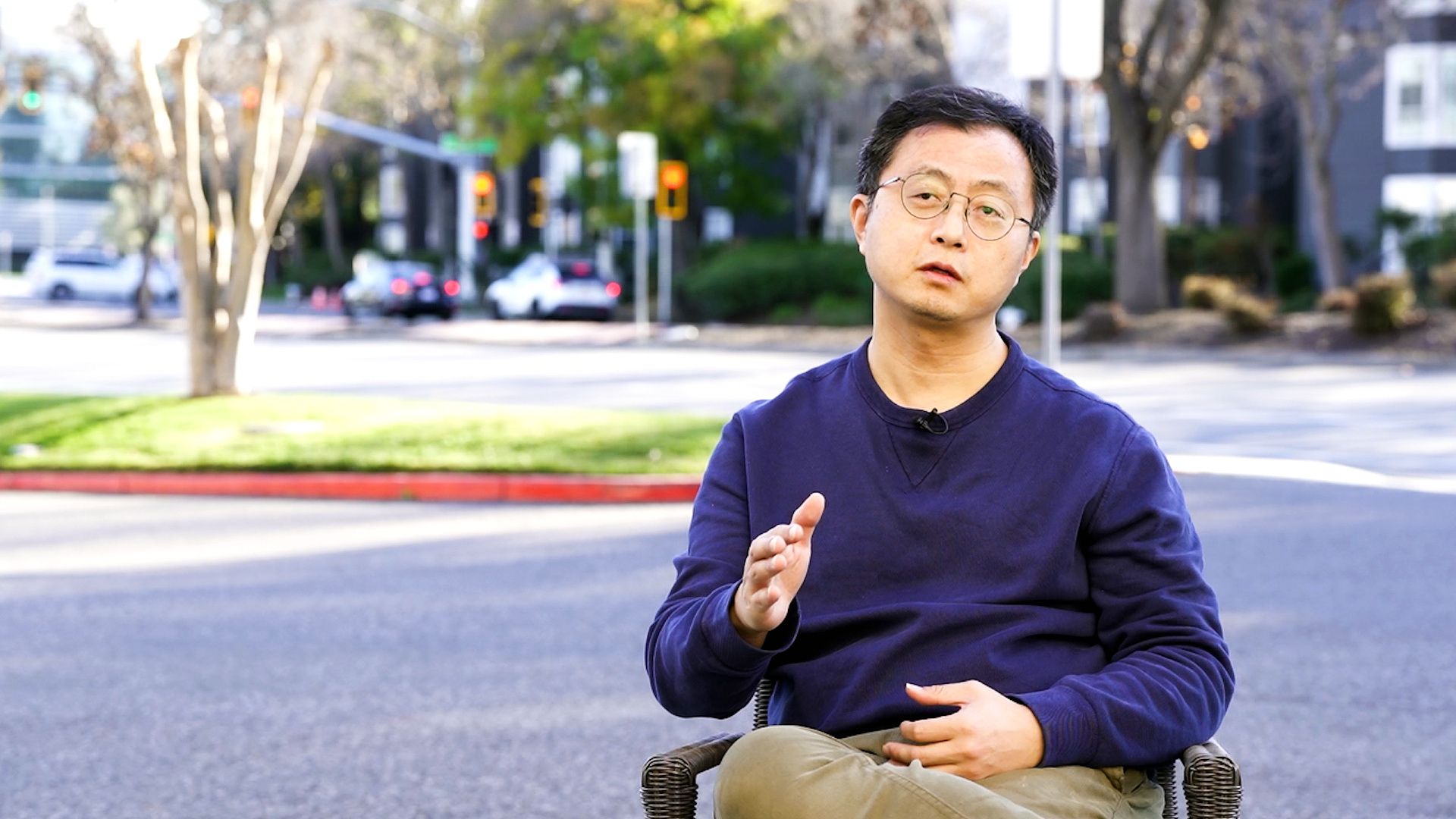
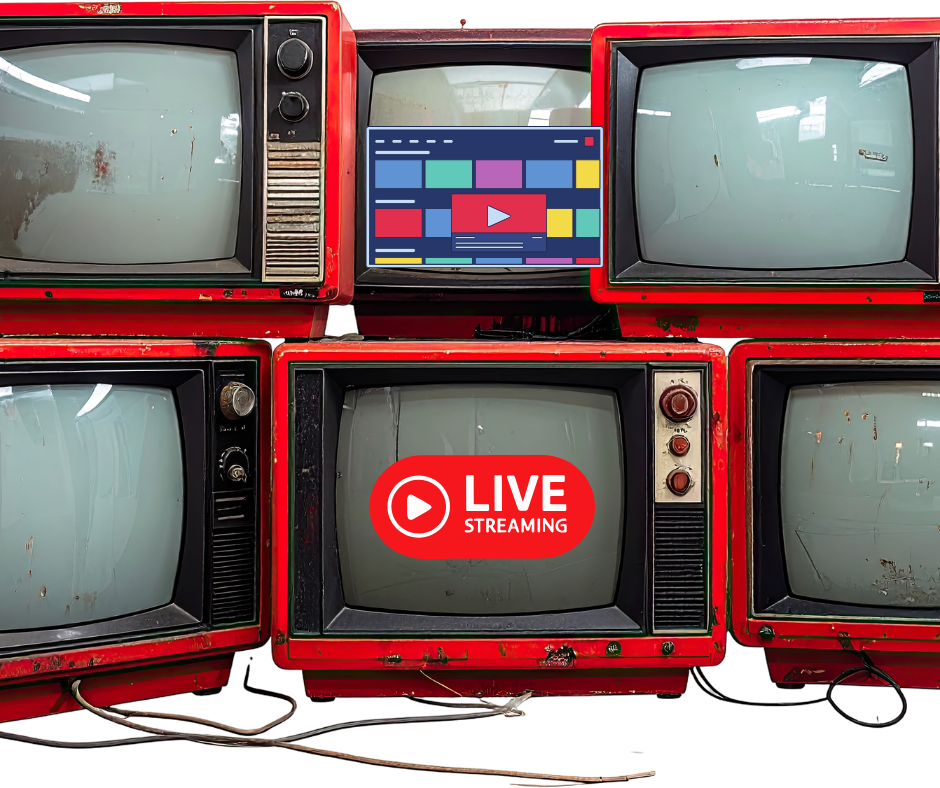
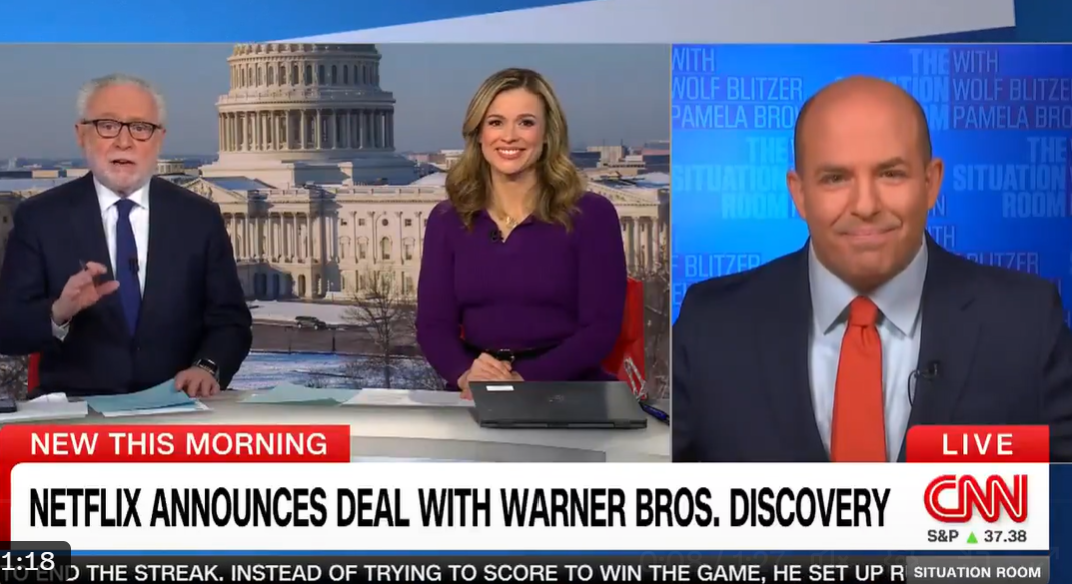


![[보고서]디즈니의 IP 플라이휠, 1957년 메모에서 시작된 100년 전략](https://cdn.media.bluedot.so/bluedot.kentertechhub/2025/12/vtekpo_202512140501.png)
![[리포트]글로벌 스트리밍 대전환과 FAST 시장의 부상](https://cdn.media.bluedot.so/bluedot.kentertechhub/2025/12/7jw8up_202512120304.png)
![[보고서]K-콘텐츠, 몰입형 공간 새로운 경험](https://cdn.media.bluedot.so/bluedot.kentertechhub/2025/12/je15hi_202512061434.png)
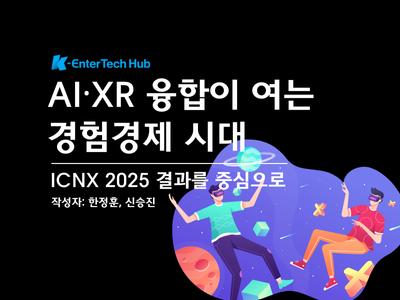
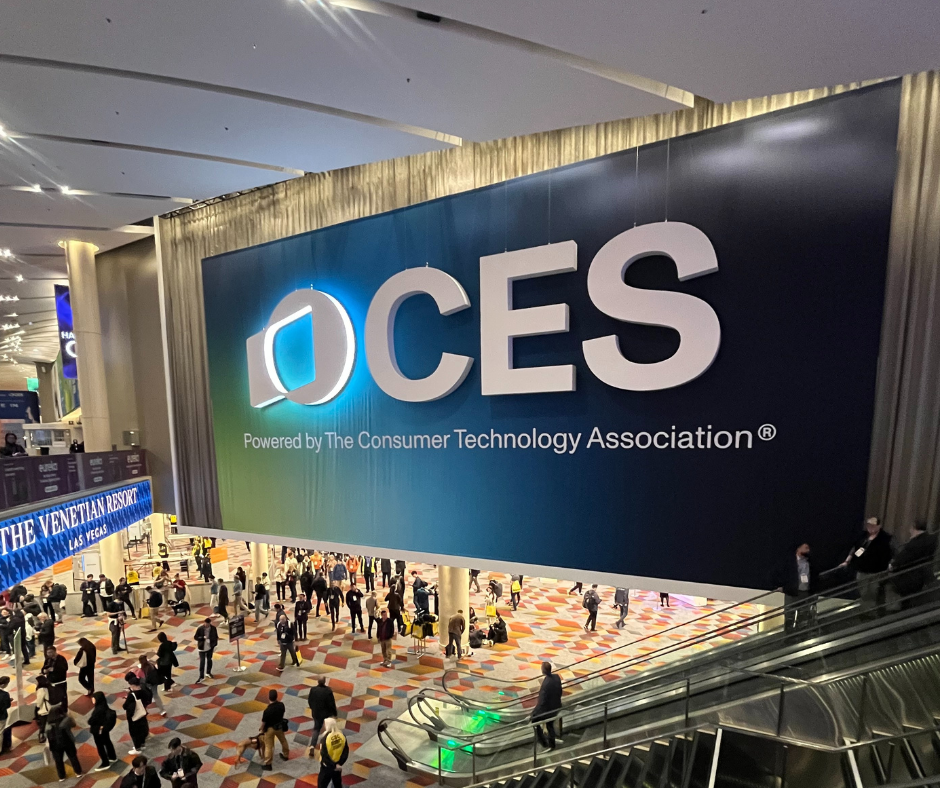

![[K콘텐츠와 K FAST]](https://cdn.media.bluedot.so/bluedot.kentertechhub/2025/11/zxwbgb_202511241038.jpg)
![[모집]1월 9일~14일 글로벌 AI 스템 캠프(자료집)](https://cdn.media.bluedot.so/bluedot.kentertechhub/2025/11/3kf0x5_202511031830.png)
![[MIPCOM2025]글로벌 엔터테인먼트 트렌드](https://cdn.media.bluedot.so/bluedot.kentertechhub/2025/10/duxlsp_202510170000.png)
![[보고서]생성AI와 애니메이션](https://cdn.media.bluedot.so/bluedot.kentertechhub/2025/09/c49fxu_202509271057.png)